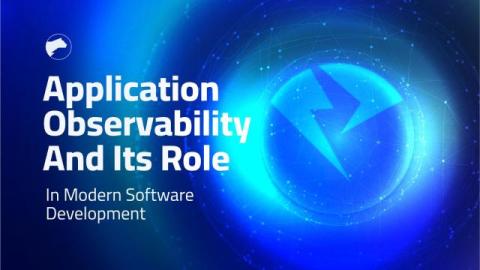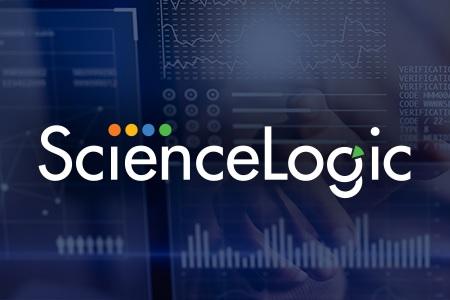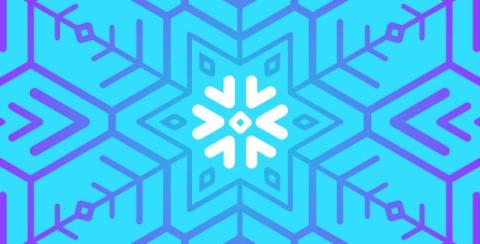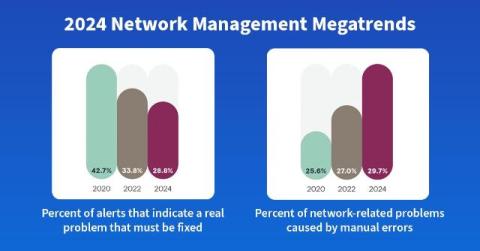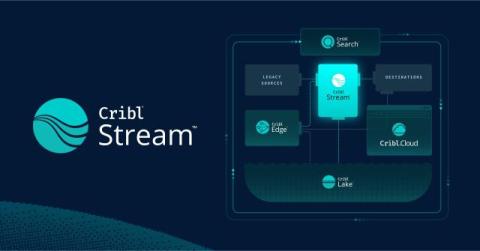Happy 10th Birthday Kubernetes!
As Kubernetes celebrates its 10th anniversary, it’s an opportune moment to reflect on the profound impact Kubernetes has had on the cloud technology landscape. Since its inception, Kubernetes has revolutionized the way we deploy, manage, and scale containerized applications, becoming the de facto orchestration platform for today’s cloud-native ecosystem.



